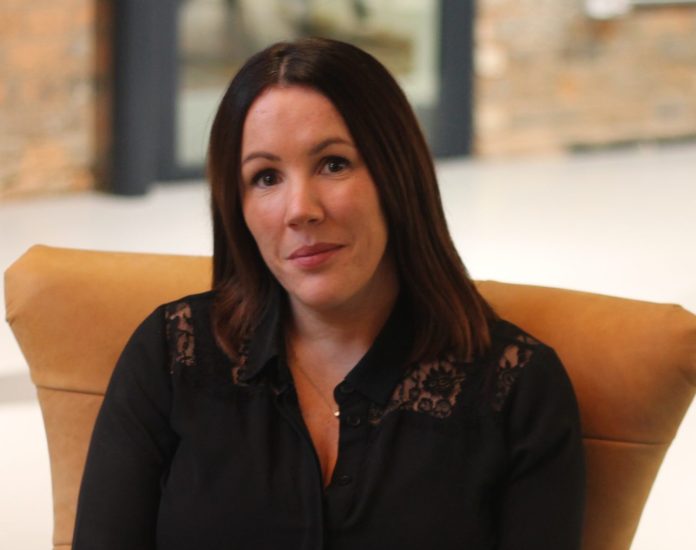By Sarah Groves, above, co-owner and director, Catalyst
With a gloomy economy which looks set to worsen over the coming year, culling back costs and ensuring every pound of investment generates a genuine return will be a priority. With this, it has never been more important for SMEs to go beyond vanity metrics and ensure that their marketing is measuring up.
Amid a looming recession where increasing interest rates and plummeting consumer confidence appears inevitable, it is understandable to see why culling costs and driving efficiencies will be top priority for SMEs.
Instinctively, some may respond cutting back on the marketing budget – deeming it an ideal but non-critical expense. However, this can all too often prove a grave mistake. After all, in our emerging online world, a robust marketing digital strategy is vital for generating leads, conversions and increasing sales. Done well, it can make all the difference in getting specific goods or a service to a target audience and help smaller businesses compete with bigger brands. With this in mind, slashing marketing spend will often translate into reduced exposure and fewer leads, minimising your turnover in the process.
Instead, it’s about doubling down on demonstrating how every bit of marketing investment is paying off and, in turn, using that intel and insight to inform and improve further marketing efforts to promote further growth.
The good news in this is that in today’s world where so much data is available, it is possible to apply a much more evidence based approach to lead generation and measurable business growth. However, the bad news is that with so many different metrics to choose from it can be difficult for online businesses to know where to start.
In terms of getting it right, firstly it’s about establishing what metrics really affect your bottom line and growth. To do this, you need to ascertain what the original sources of your leads are. While a search engine may be the first thing that springs to mind, the reality is that there are so many different options including PPC, SEO, direct to website, email marketing, social media, events, referrals, adverts and PR.
Aside from just looking at the numbers, evaluate which sources drive quick wins and which ones are slow-burners for your business. Your CRM software should be able to help with this. For example, HubSpot has built-in dashboards and reports to help make this process is easier for you. It is important to have a mix of both as one without the other will result in peaks and troughs in the sales cycle – and both are equally as valuable.
The next step is to establish whether your business is making the most of the opportunity. Does, for example, your website offer a compelling, attractive, easy and intuitive digital experience? The reality is that the Internet doesn’t give out second chances so it’s important that your website is built to entice, excite and convert. Further considerations include content. Is it benefit led? Does your content have helpful content to help nurture such as blogs and guides? Does it have proof points, for example case studies? Then finally it’s about lead generation which can include everything from calls to action, data capture opportunities and contact forms.
With this, it can sometimes be overwhelming to find out that your business might not be in the shape you thought it was. But it’s important not to rush in. Take a scientific approach. Change one item at a time and measure the results. This will help shape a better understanding of what is and isn’t working in terms of improving conversations and use data to back it up. If, for example, a certain ad isn’t delivering results, you can simply pause it or try a new creative. Equally, if certain key words aren’t pulling through, further research and analysis can inform better substitutes aligned to changing customer behaviour and trends.
Finally, don’t forget to take your customers on the journey with you. Having an open, honest dialogue with your customers and taking the time to find out exactly what they think and want from your brand can pay dividends in the long run. Take the feedback on board, see how you can apply it, adapt accordingly, and measure the impact. This process should remain a constant, ensuring your brand and marketing output remains on the pulse.
Every SME wants to know if their latest marketing campaign has made a difference. But while vanity metrics may sound big and look impressive on paper, the danger in taking them at face value is that they can be misleading and lead to make flawed decisions which can come at a cost. Instead, SMEs should take the time to regularly review and even challenge the marketing metrics put before them, adapt their digital marketing strategy accordingly and keep their customer front of mind along the way. In this way, they can be sure that when it comes to making meaningful commercial impact – the figures really do add up.
For further information click here.


